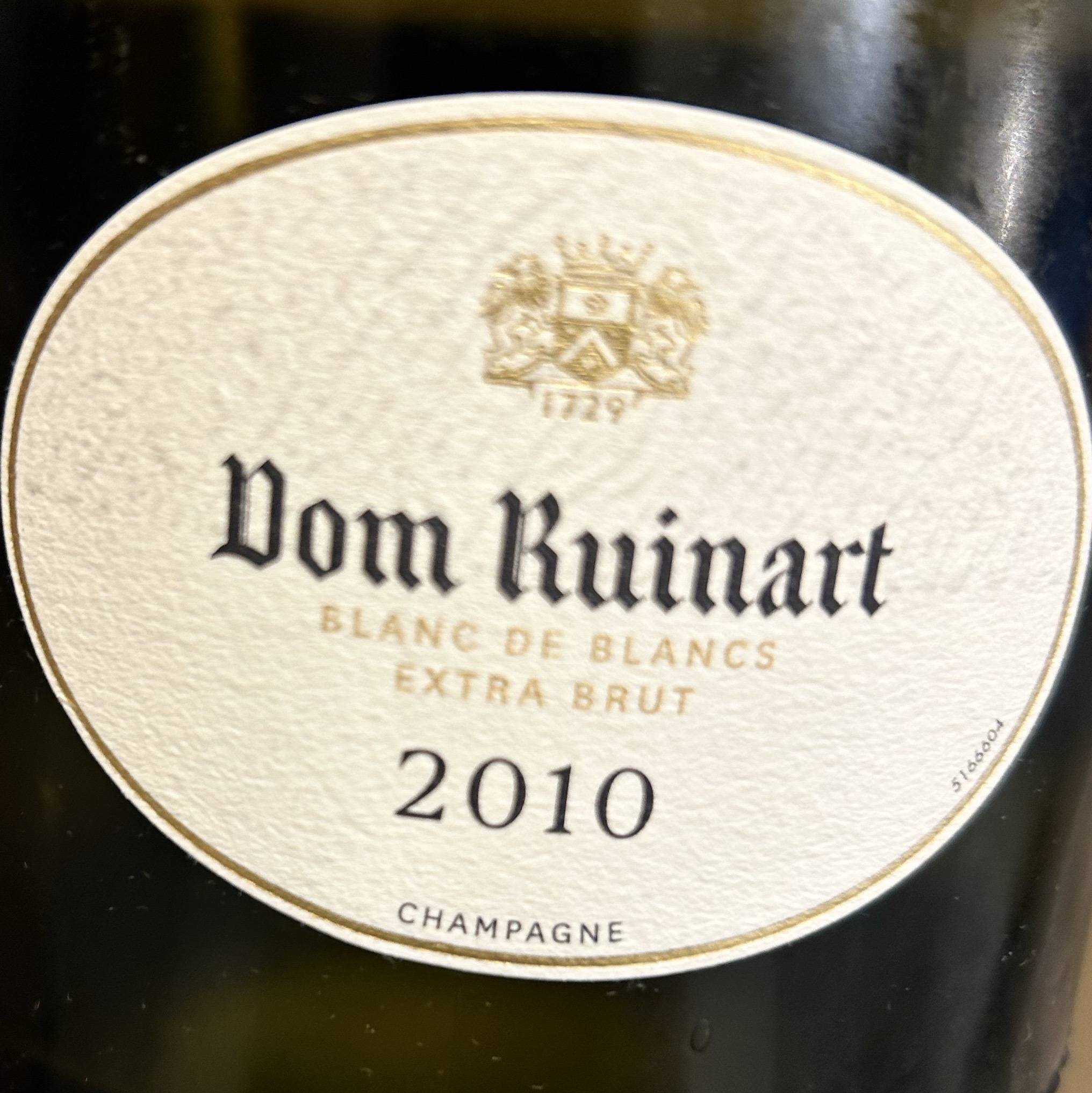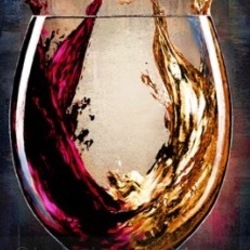Color Block Wines
Château Lafite Rothschild
Pauillac Red Bordeaux Blend 2008
Classic. Just classic on the color and nose. On the palate it has finer tannins, lifted acidity, and a long, polished finish that lingers on cassis and earth. One of the oldest Lafite’s I’ve tasted and feels like in last another couple of decades. Easy. — 3 months ago
Château d'Yquem
Sauternes Sémillon-Sauvignon Blanc Blend 1988
Dark amber color
Sat in the basement cellar for 30+ years.
Really nice soft honey flavors. Not a ton of other fruit flavors.
Delicious — 10 days ago
Château Cos d'Estournel
Saint-Estèphe Red Bordeaux Blend 1982
Popped and poured; enjoyed from red Solo cups over the course of a few hours. This bottle of the 1982 showed very well today. It pours a deep garnet color with a near opaque core; medium viscosity with moderate staining of the tears and fine sediment. On the nose, the wine is vinous with beautiful notes of black currants, black plum, mixed brambles, tobacco, some green pepper, graphite, leather, earth, and soft warm spices. On the palate, the wine is dry with medium+ tannin (integrated) and medium+ acid. Confirming the notes from the nose. The finish is long. 1982: the vintage that keeps on giving. Drink now through 2042+. — 3 months ago
Silver Oak
Alexander Valley Cabernet Sauvignon 2018
The last of our 2018. It has aged really well. Deep ruby color, butter, some earth. Delicious. — 3 days ago
Kay Brothers
Amery Vineyard Block 6 Shiraz 2004
Still looks young, high acidity keeps it fresh. So different from an Hermitage! — 2 months ago
Ghost Block
Pelissa Vineyard Zinfandel 2021
Inky in color with a wide reddish rim.
Fruity on the nose, and medium plus in body with medium acidity.
Dry on the palate and easy drinking.
Showing red and black fruits with light cedar, earth, herbs, chocolates, peppercorn, cola, Mediterranean spices and light licorice.
Long finish with fine grained tannins and tangy raspberries.
This is a delicious Single Vineyard Zinfandel from Napa Valley. Elegant and rich. Fruit forward and complex. Nicely balanced with a soft mouthfeel.
Good right out of the bottle and better with airtime. Will continue to age nicely in the next 7 years.
Good by itself as a sipping wine, and will pair nicely with burger and fries.
14.9% alcohol by volume.
92 points.
$40. — 3 months ago











Taavi Davies
Rich and complex, balanced — 4 days ago